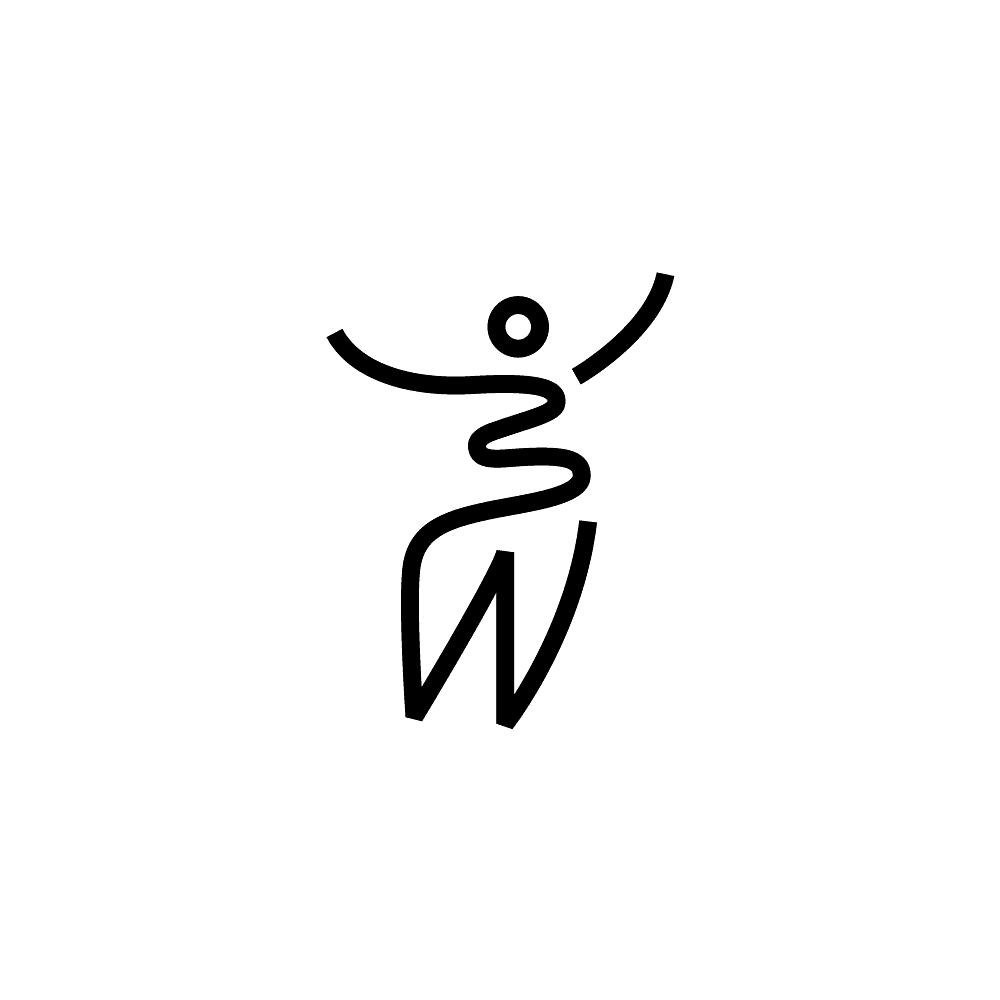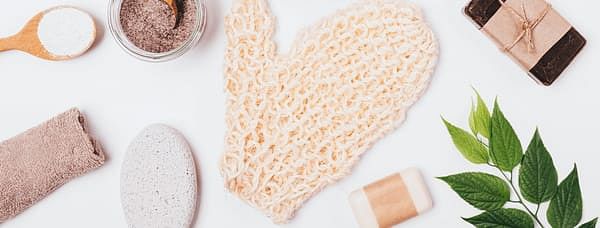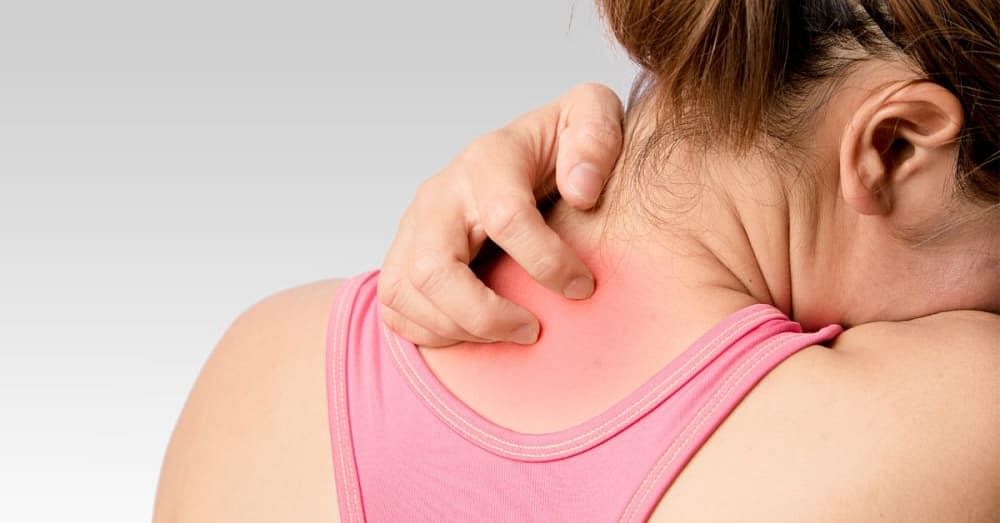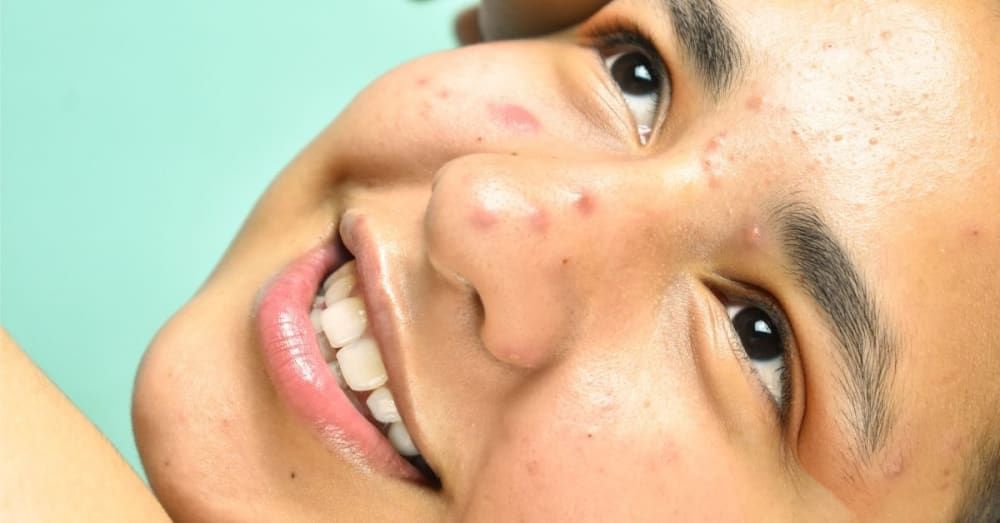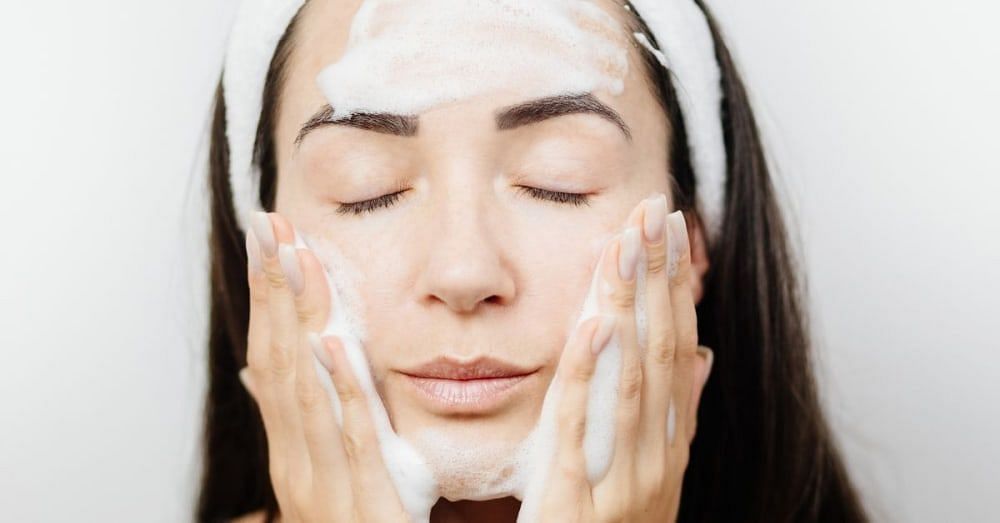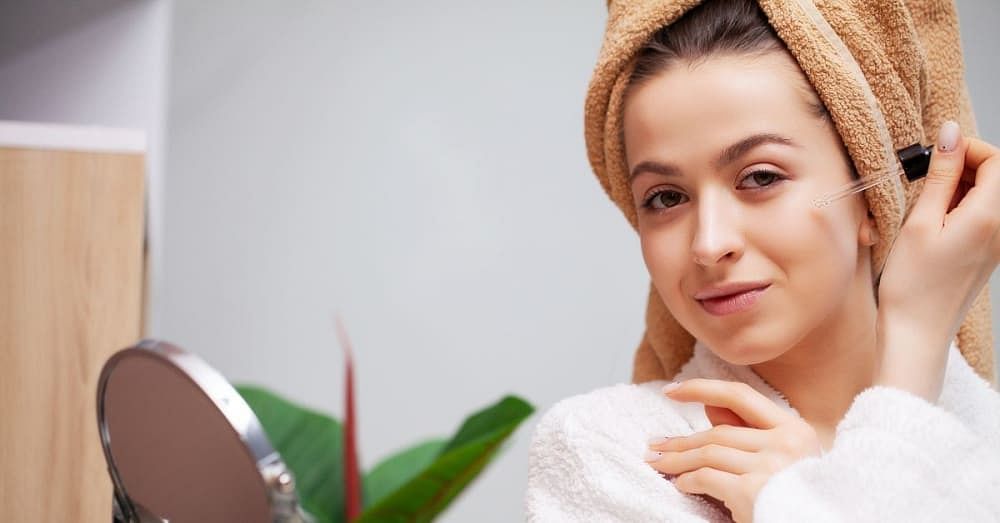For all those out there who love working up a lather in the shower, the best thing you can do is to get yourself this trendy and exciting product. Can you guess? Yes, we are talking about Loofahs.
Time to jump into this accessory, benefits, risks which will help you decide if it is the right choice to invest in this accessory.
What are loofahs?
Loofahs — sometimes spelled luffas — are popular shower accessories used for cleaning and exfoliating your skin. Sponges, mostly from class Demospongiae, have been sold commercially as cleansing aids for thousands of years, and have also been used as water filters, padding for soldiers’ helmets, and for painting and decorating. (The brightly-colored pad hanging out by your kitchen sink right now is, of course, a synthetic design modeled after nature's handy tool.)
How are loofahs made?
The bath sponge benefits the body to clean and exfoliate the skin. Judging from its texture and consistency, you might think sea sponge or dried coral make it but, it is neither of them. They are made from a gourd in the cucumber family. It is convenient to either grow these plants domestically or import them from nearly any warmer climate these days.
After blooming, the flower develops into a giant cucumber or zucchini. It is left to dry out for up to six months and then harvested. After completely drying them, they are sliced and cut to shape in various ways to sell them like sponges.
Uses and benefits of using a loofah sponge
Historically, we have been using this dead skin removal bathing sponge as scrubbers. Check out some sponge gourd benefits:
- People use it with a soap to lather up and cleanse the skin,
- It aids in exfoliating the face and body,
- It helps to stimulate blood circulation while we shower.
They are a good substitute for household cleaning products, using them to scrub tiles, showers, sinks, and other tough-to-clean surfaces.
Risks of Using Loofahs
People love loofahs for their best use as scrubbers. Nobody likes a duller and less youthful appearance, but sometimes dead skin cells accumulate around our skins’ top layer. Scrubbing them removes it without causing any damage to the young and healthy skin cells underneath. The problem appears when these cells become lodged in the pores of your loofah that leads to hidden risks. The loofahs keep collecting moisture and become a breeding ground for bacteria to multiply.
Cleaning your loofah regularly with proper practices can eliminate this problem for you. However, this frequent cleaning is not common among people.
For some skin types, the bath sponges can be too abrasive and cause redness or irritation after using it. Stop using and consult a skin doctor as you might be sensitive to exfoliation. Also, the loofah fibers’ brittle path may be too much and damage your skin over continued use.
Cleaning and care of Loofahs
Maintaining your loofah takes some effort but is a crucial process.
- Dry it regularly using a dry towel and put it in a cool, dry place in your bathroom.
- Avoid using it on your face or in the genital area to reduce bacteria’s spread near your sensitive body parts. Places like the perineum are the prime spots for bacteria like E.coli.
- Clean them weekly with a diluted water mixture of ten percent bleach. It may reduce contamination by bacteria. You can also use a five percent mixture and rinse it with cold water.
- Trying to replace natural loofahs every three to four weeks is a recommended routine. At the first sign of mold or a mild dewy musty lingering odor, stop using it and get rid of it as soon as possible.
- Avoid using a loofah on a freshly shaved face. Bacteria can get past our skin barrier through any nick or cut.
Using your loofah for more than twice or thrice a week does not make that much of a difference. Clean it, dry it, and store it adequately.
Alternatives
Some alternatives consider menacing. Although limited and avoidable risks include synthetic bath poufs, silicon bath scrubbers, and sea sponges. Sea sponges do not possess any preservatives or chemicals inside. But they need to be cleaned and replaced more frequently. Silicon bath scrubbers have antimicrobial benefits. Washcloths are an effective alternative if you want to ditch all of them. They are easy to dry and less susceptible to clogging. They can be directly put in washing machines and can be used safely for years, unlike others.
Frequently Asked Questions
Loofah soap or loofa sponge: Which is better?
Soap with a loofah sponge in its rigid forms of the loofah sponges meant to be more convenient, cheaper, better scrubbers, and long-lasting than loofah sponges. But the good health of your skin should invest in loofah sponges.
How to use a Loofah soap?
Take your loofah and put on your favorite soap. Use water to moisten it and scrub your body. Do not forget to clean it, drain it, and sanitize it later.
